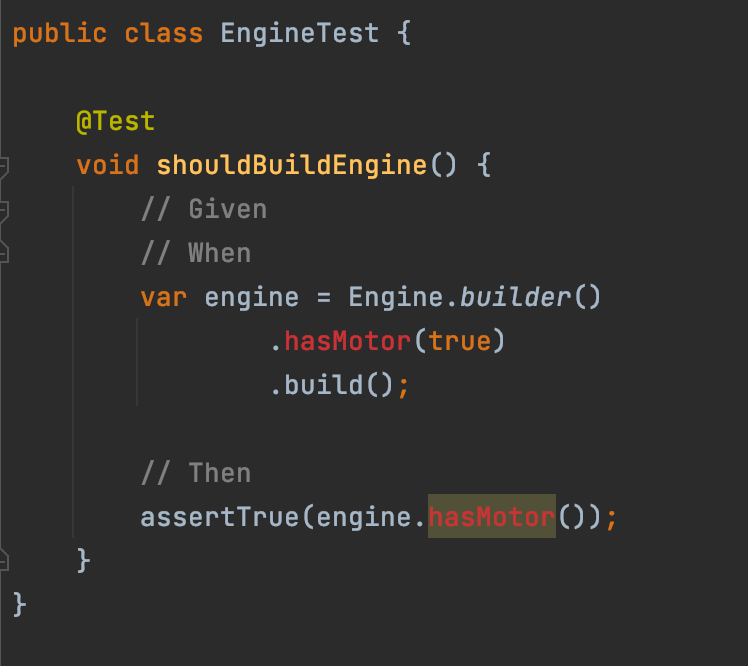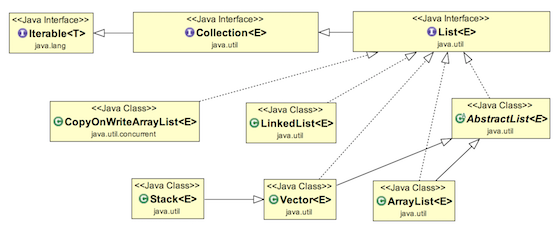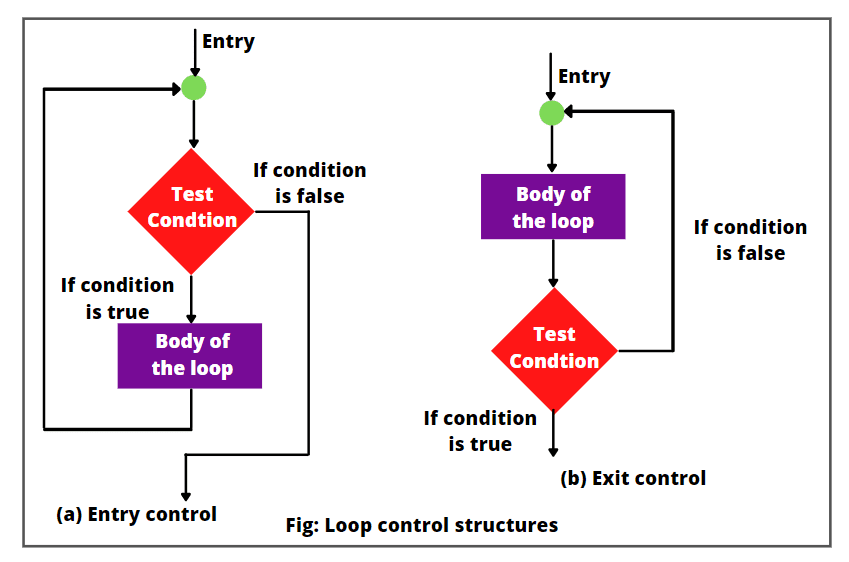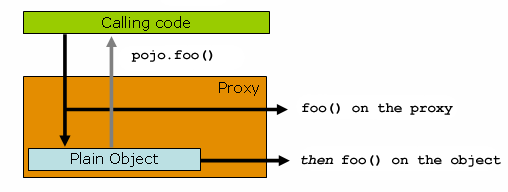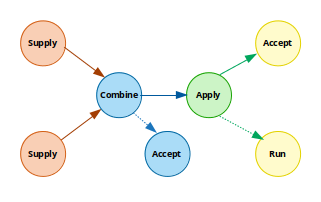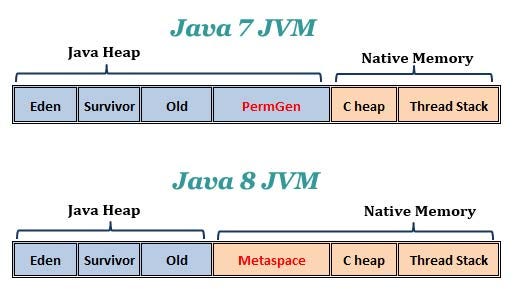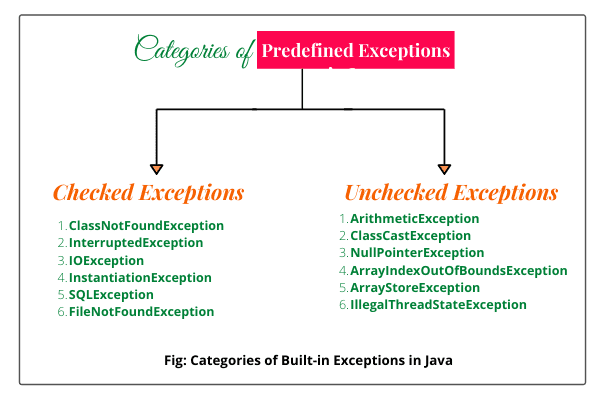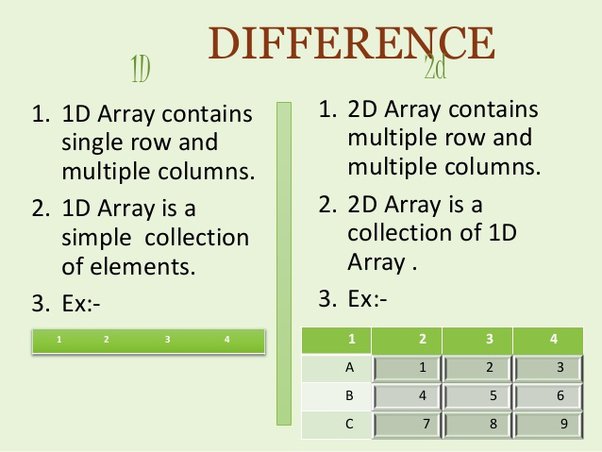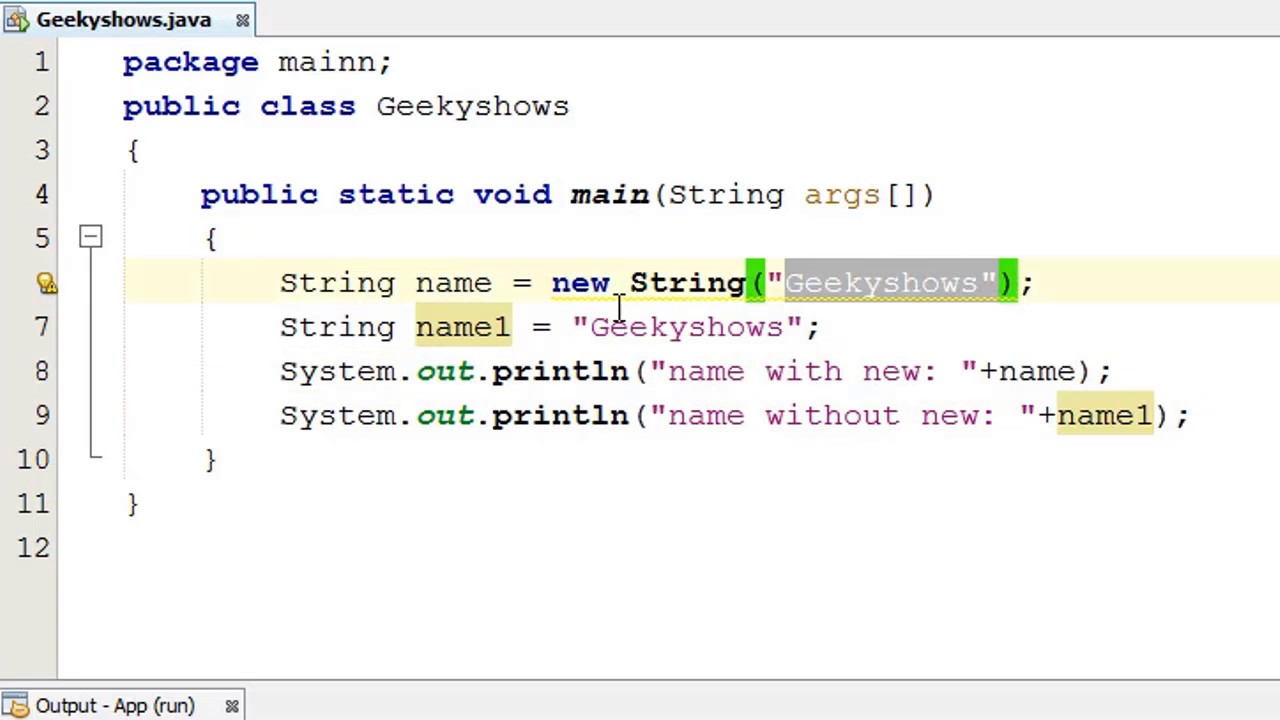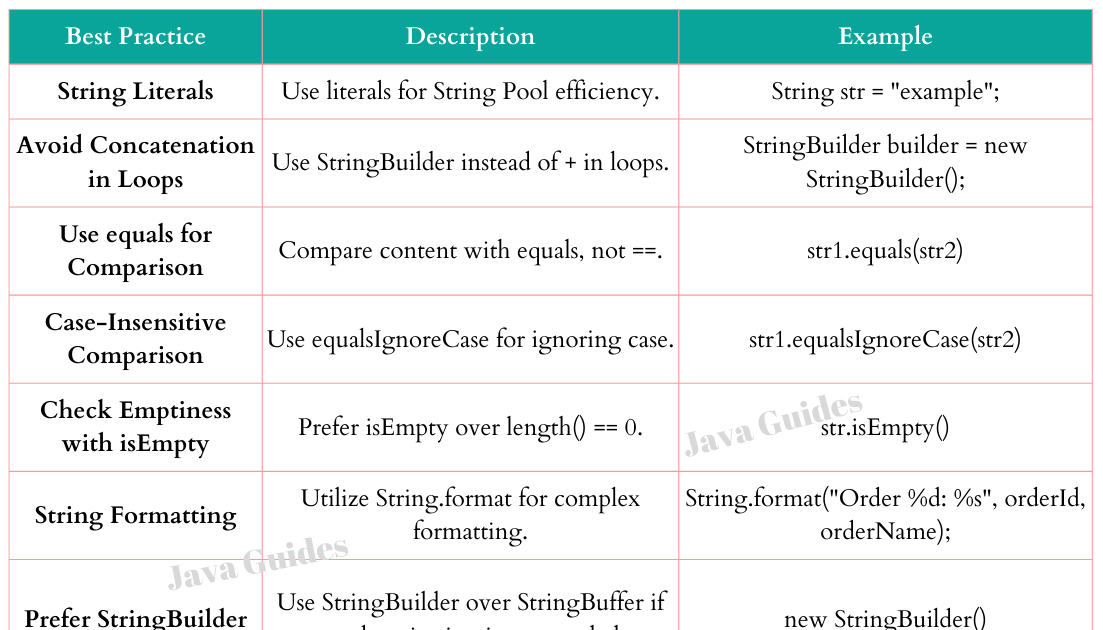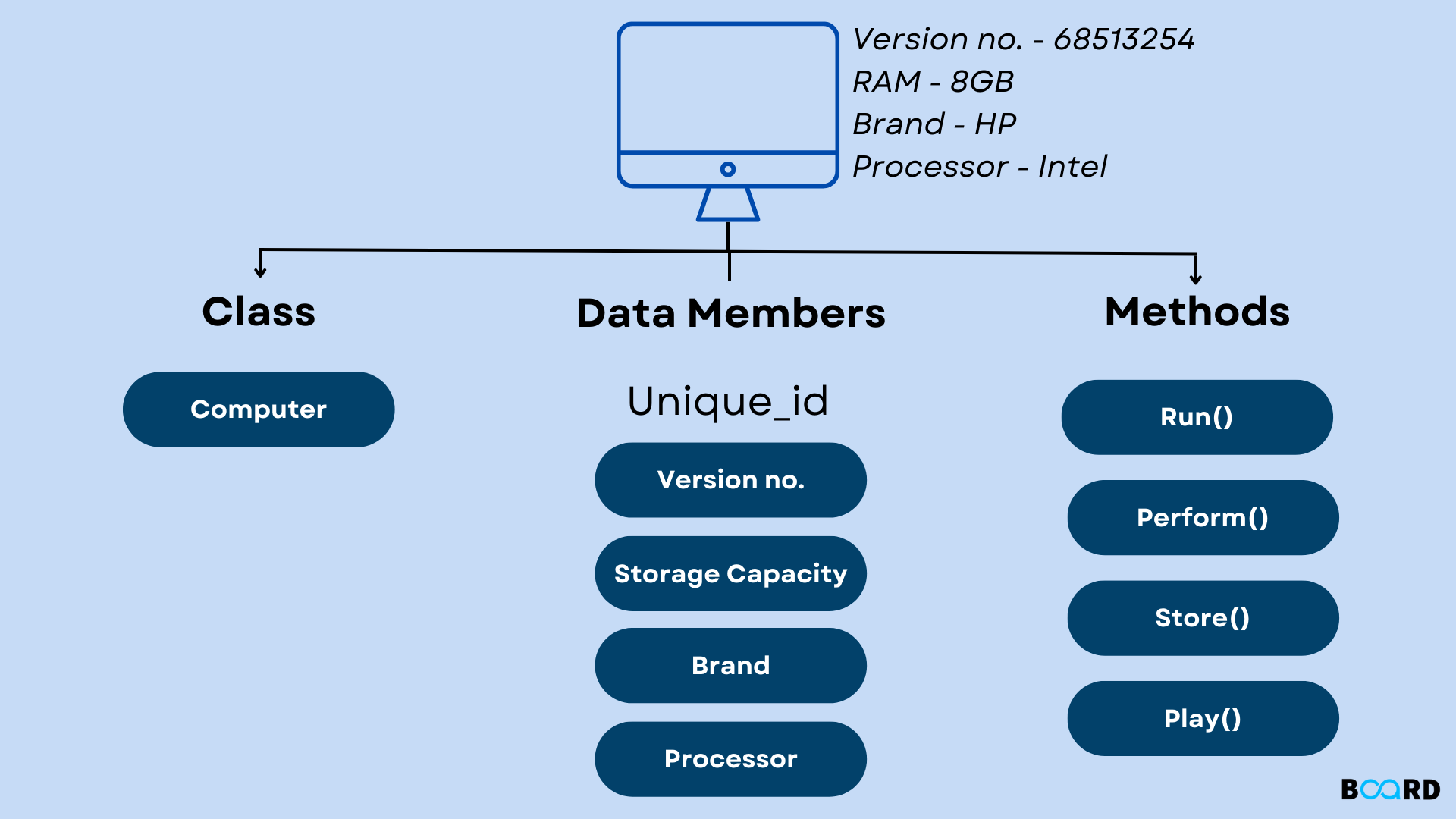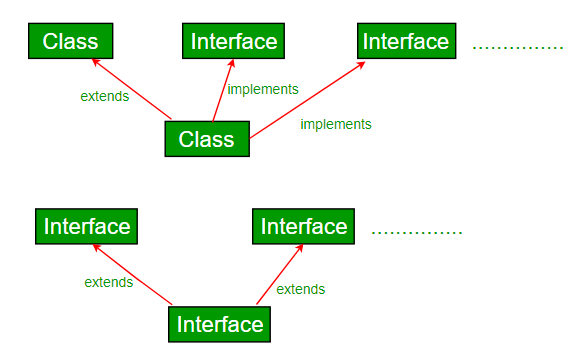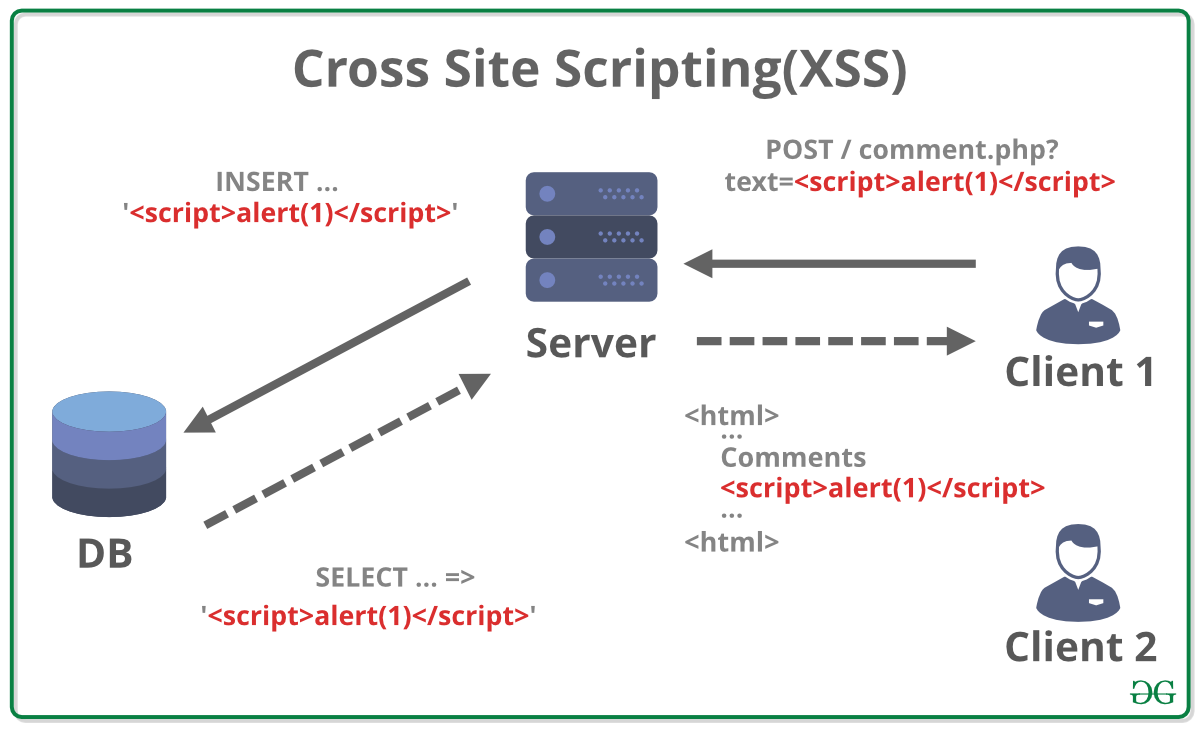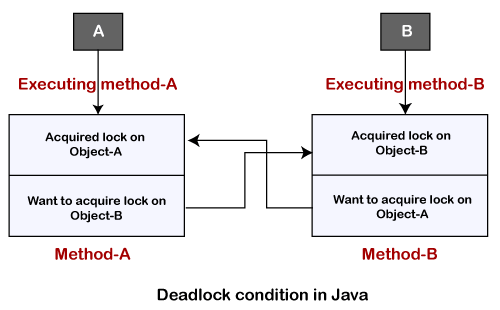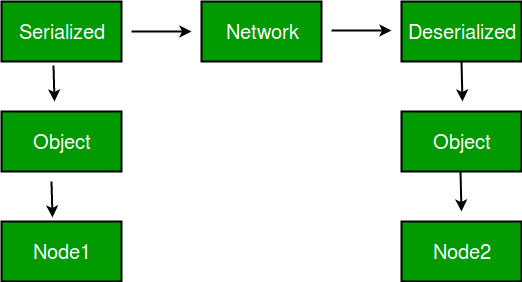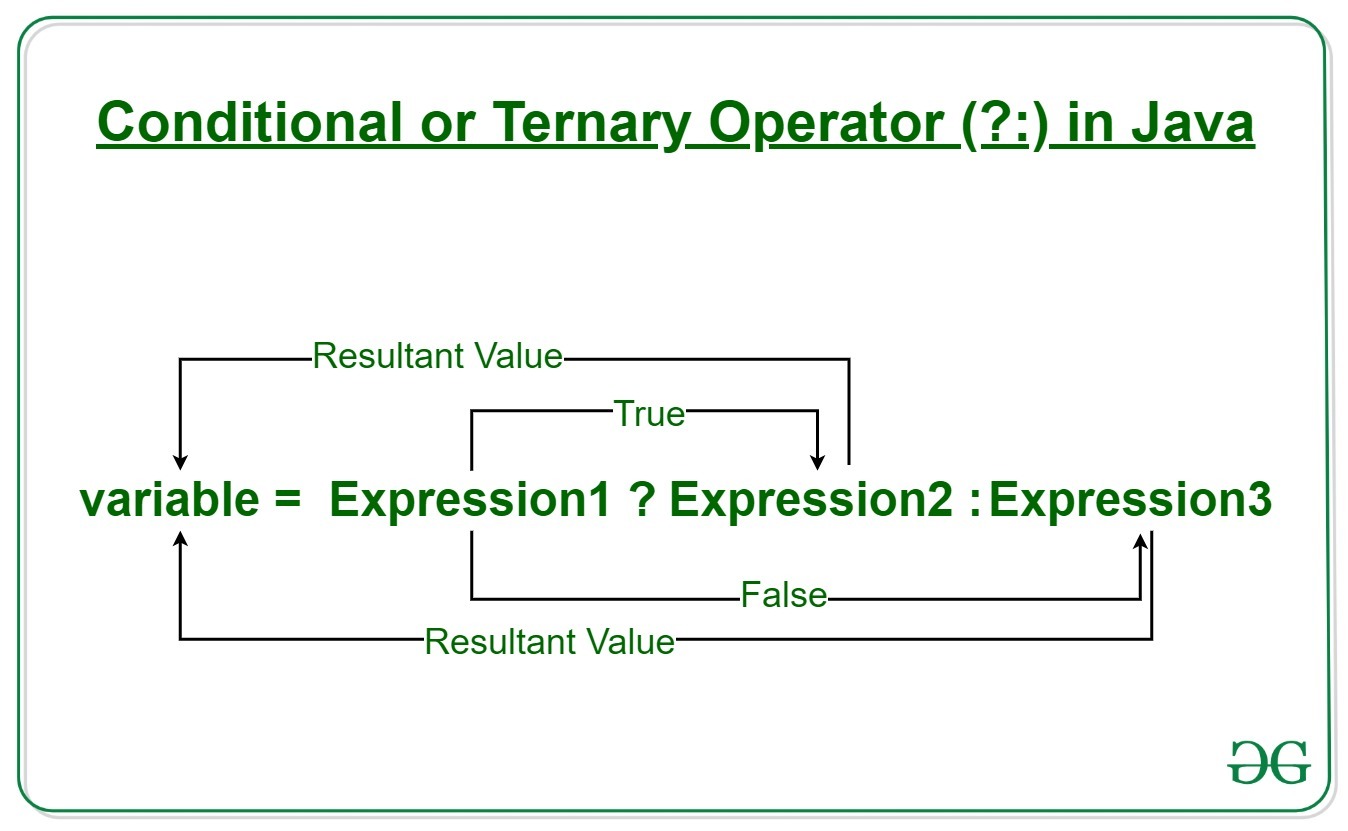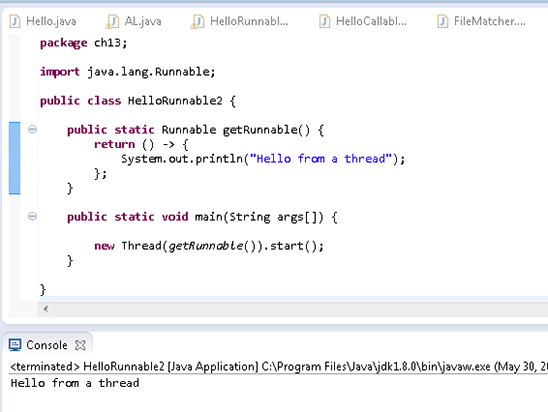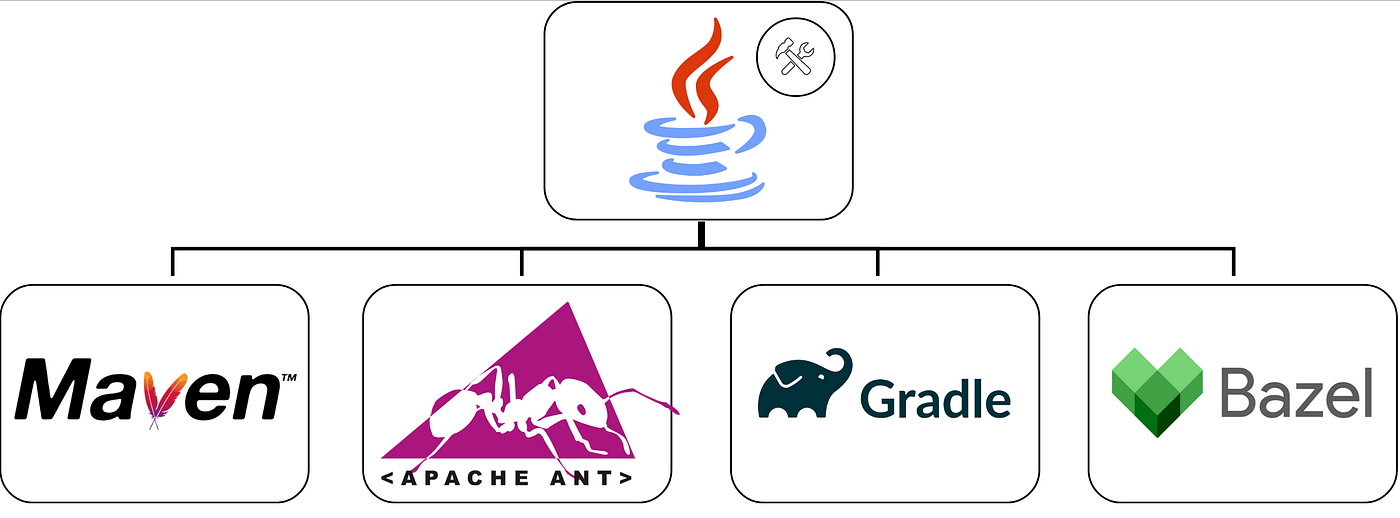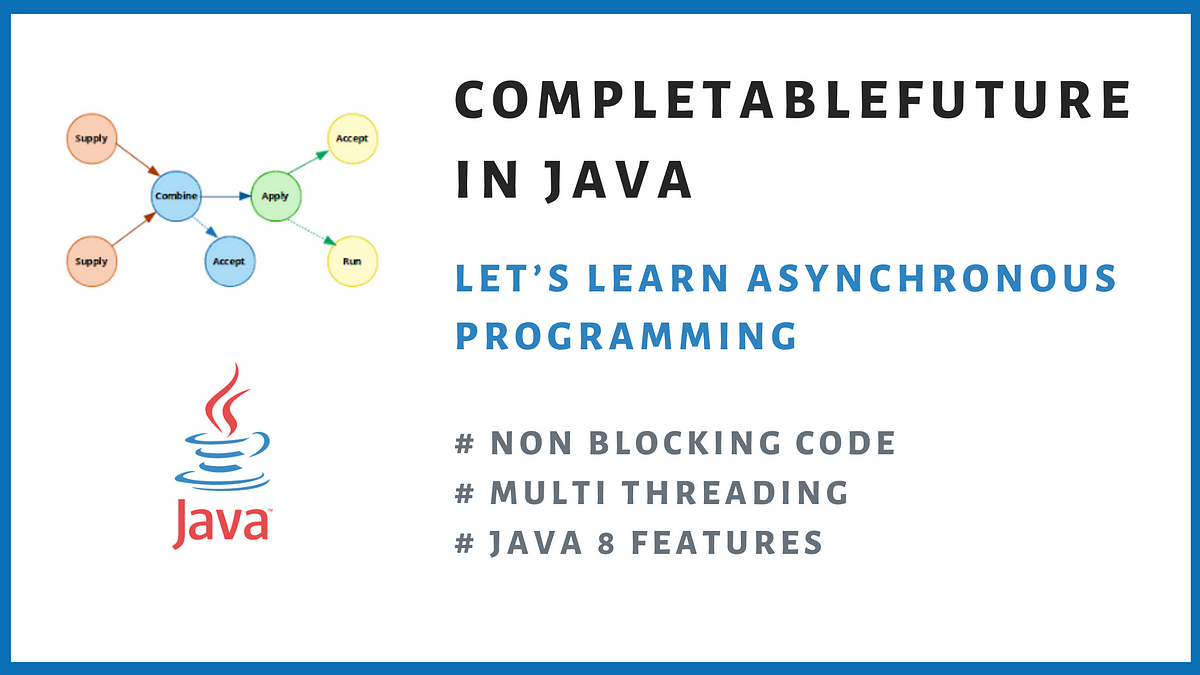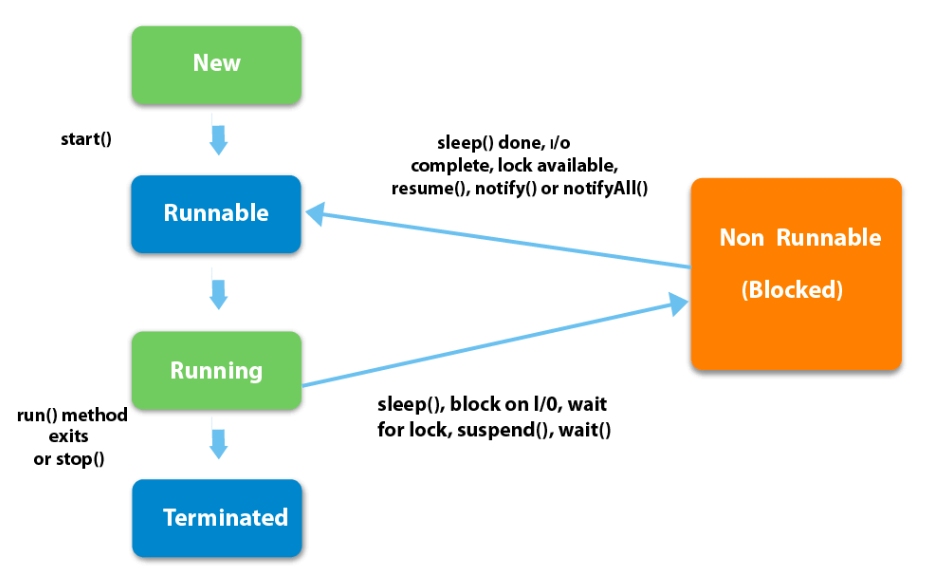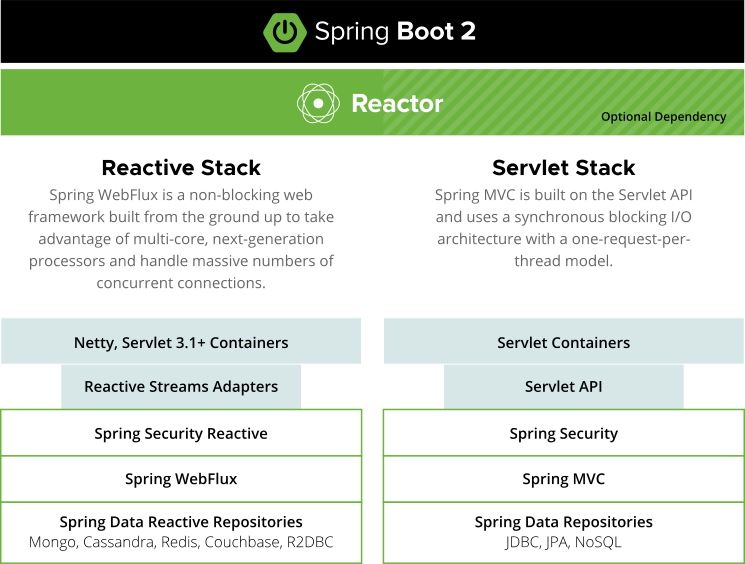java builder vs constructor
java builder vs constructor
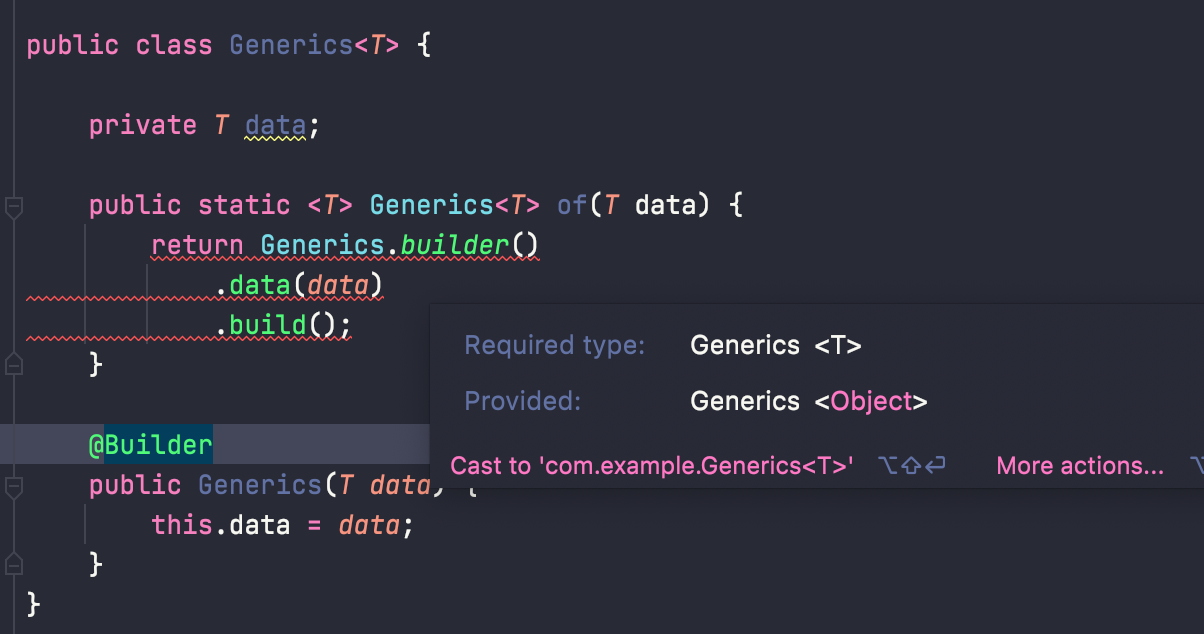
The age-old debate! In the world of object-oriented programming (OOP), both constructors and builders are used to create objects, but they serve different purposes and have unique characteristics.
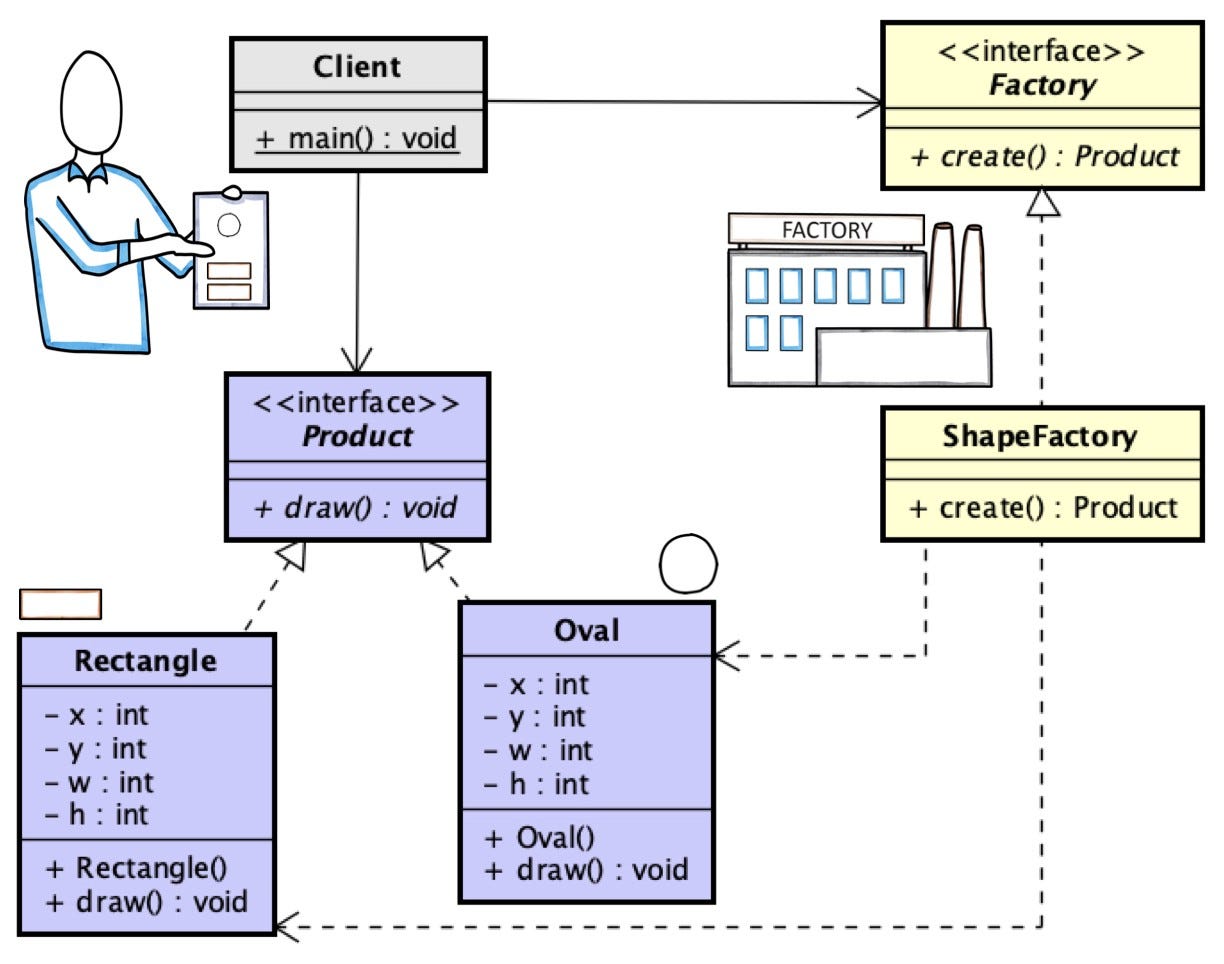
Constructors
A constructor is a special method in a class that initializes objects when they're created. It's called automatically when an instance of the class is instantiated. The primary goal of a constructor is to set the initial state of the object by assigning values to its attributes (fields or properties). Constructors don't return any value, not even void. When you create an object using the new keyword, the constructor is invoked.
Here are some key characteristics of constructors:
They're called automatically when an instance is created. They don't return any value. Their main purpose is to initialize objects by setting attribute values. They can take arguments (parameters) to customize the initialization process.Builders
A builder, on the other hand, is a design pattern that allows for flexible and fluent object creation. Builders are often used in situations where the construction of an object involves multiple steps or has many optional parameters. The idea behind a builder is to separate the creation of an object from its representation, making it easier to create objects in complex scenarios.
Here are some key characteristics of builders:
They're not part of the class definition. Builders are typically static methods (not instance methods) that return a new instance of the class. Builders allow for step-by-step construction of an object, which is particularly useful when there are many optional parameters or when the creation process involves multiple steps.Key differences
Now that we've covered the basics of constructors and builders, let's highlight their key differences:
Purpose: Constructors initialize objects by setting attribute values, while builders facilitate flexible and fluent object creation. Scope: Constructors are part of the class definition, whereas builders are separate methods (usually static) that create instances of the class. Return type: Constructors don't return any value, while builders typically return a new instance of the class.When to use each
So, when should you use constructors and when should you use builders?
Use constructors when: You need to initialize objects with default or minimal setup. The construction process is simple and doesn't require many steps. You want to ensure that objects are created correctly without allowing for manual modification of their state (e.g., using setters). Use builders when: You have a complex object creation process with multiple steps or optional parameters. You need to provide more flexibility in creating objects, such as allowing for step-by-step construction. You want to decouple the representation of an object from its creation process.In summary, constructors are great for simple object initialization, while builders excel at facilitating flexible and fluent object creation. Both have their places in the world of OOP, and understanding when to use each is crucial for effective software development.
java builder annotation
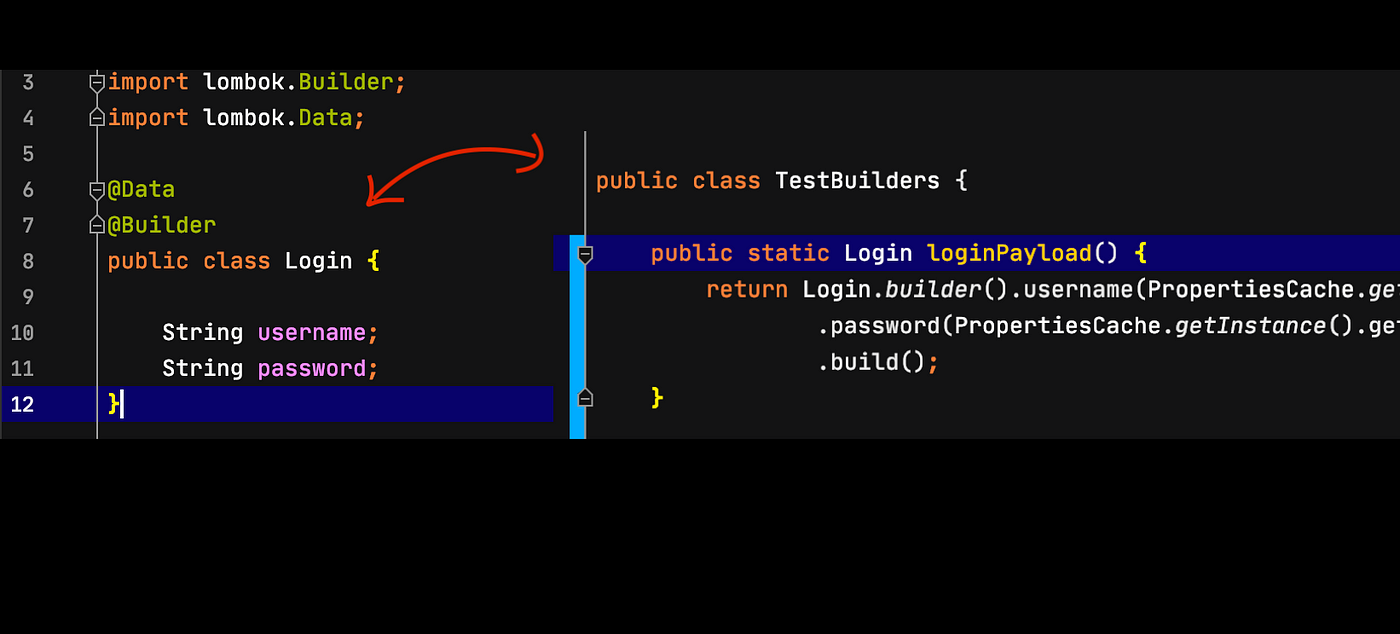
I'd be happy to explain the Java Builder annotation in plain English.
The Java Builder pattern is a creational design pattern that allows you to construct complex objects step-by-step, separating the construction process from the representation of the constructed object. It's often used when you want to build an object incrementally, adding attributes one by one, rather than initializing it all at once with a constructor.
Think of a builder as a factory that constructs objects according to a specific protocol or pattern. The main idea is to separate the construction process from the representation of the constructed object, so that you can create different representations of the same object using the same construction algorithm.
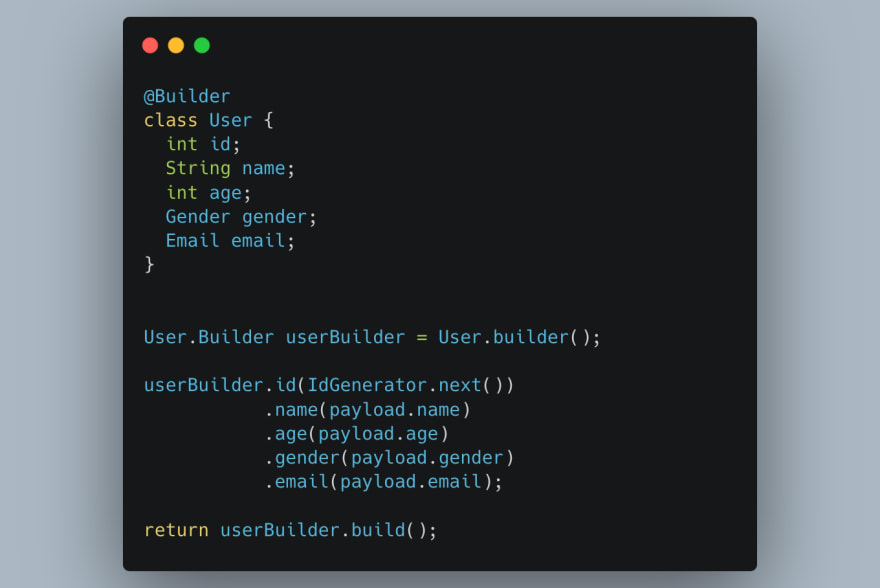
In Java, you can implement the Builder pattern using annotations like @Builder. This annotation was introduced in Java 14 as part of the JDK and is available in the java.lang.reflect package. The @Builder annotation allows you to define a builder class that automatically generates setter methods for its fields.
Here's an example of how you might use the @Builder annotation:
@Builderpublic class User {
private String name;
private int age;
public User(String name, int age) {
this.name = name;
this.age = age;
}
// getters and setters
}
In this example, we define a User class with two fields: name and age. We then use the @Builder annotation to specify that we want to generate a builder for this class.
To create an instance of the User class using the builder, you would do something like this:
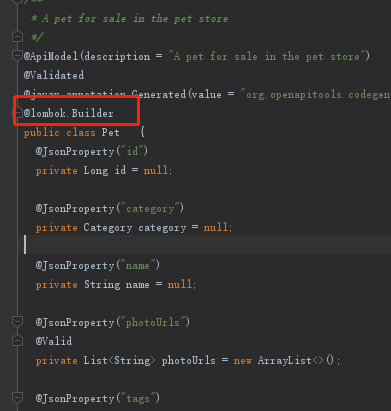
User user = User.builder().name("John")
.age(30)
.build();
The @Builder annotation automatically generates a builder class for us, with methods that match the fields we defined in our original User class. This makes it easy to construct objects incrementally, adding attributes one by one.
The benefits of using the Java Builder pattern and annotations like @Builder are:
@Builder annotation generates the necessary builder methods for you, so you don't need to write them yourself. Improved flexibility: You can create different representations of the same object using the same construction algorithm, which can be useful in certain situations.
Overall, the Java Builder pattern and annotations like @Builder provide a powerful way to construct complex objects incrementally, making your code more readable, maintainable, and flexible.
